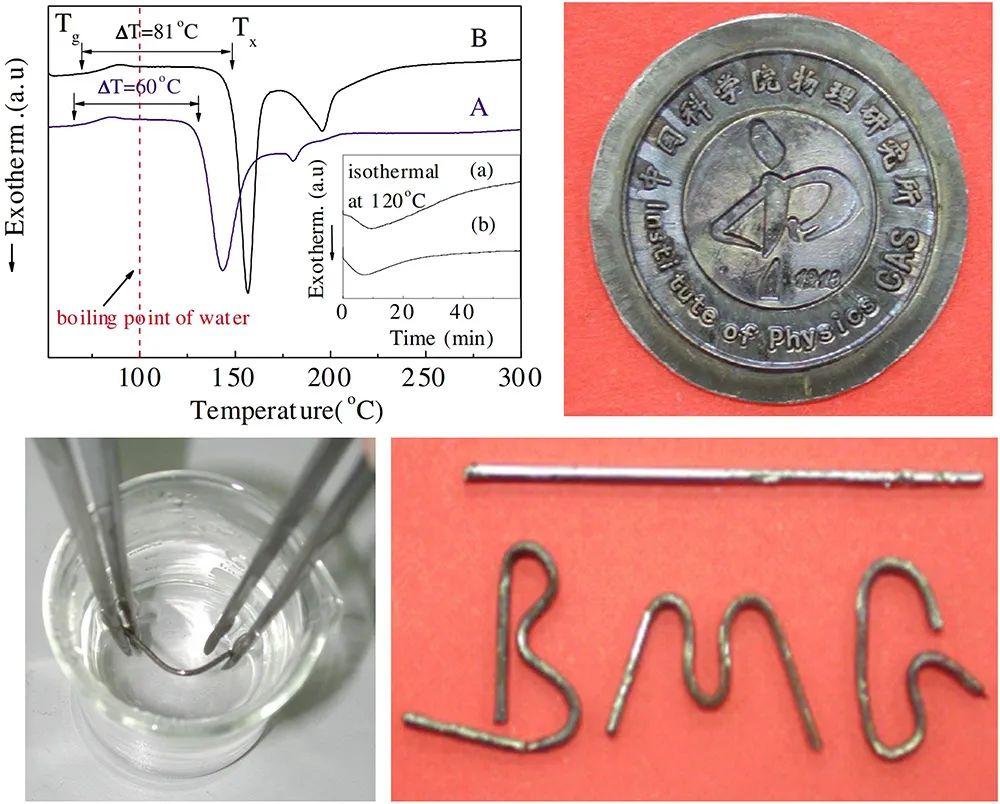After two years of export decline, the "semiconductor crisis" allows South Korea to "core anxiety"
Author:Global Times Time:2022.09.13
Semiconductor export atrophy made the Korean industry began to feel anxiety. "The sluggish semiconductor industry may last until the beginning of the Ming Dynasty." South Korea ’s YTN TV reported on the 12th that semiconductors, as South Korea’ s largest export goods, are recently showing unusual movements. Semiconductor accounts for 20%of the total exports of South Korea. With the slowdown of consumption caused by the slowdown in global economic growth, coupled with the rise of China's semiconductor industry, the future of the semiconductor industry in South Korea is facing greater uncertainty.
Prediction of semiconductor crisis will emerge
According to South Korea ’s YTN TV station, trade data in August shows that due to global economic weakness, South Korean semiconductor products have decreased after two years. In addition, the United States’ high -tech industry restrictions on China have intensified. They will face continuous recession. It is reported that although the United States is continuing to curb China, Apple decided to choose a Chinese company Yangtze River Storage as a storage semiconductor supplier as its new model last month, which made Korean companies feel a more urgent sense of competition. In the global NAND flash memory market, South Korea's Samsung Electronics and SK Hynix currently occupy the first and third positions with 35.5%and 18%of market share. enterprise.
In fact, South Korea has experienced a trade deficit with China for four consecutive months, which is largely due to the influence of semiconductor exports on China. The Chinese market accounts for 60%of the total South Korean semiconductor export. In August, South Korea's export of semiconductors in China fell 3.4%from a year ago, which also led to the rapid growth of semiconductor export growth in South Korea since June 2020.
"Korean National News" reports that global inflation has caused demand to shrink, semiconductor prices have declined, and the United States has increased the restrictions on China's exports such as semiconductor equipment or software, and the uncertainty of the Korean semiconductor industry is increasing. Some people even predict that semiconductor prices may collapse in the fourth quarter. In this case, the United States is a crisis factor for Korean companies.
A person related to a Korean semiconductor company said, "On the basis of the general decline in product market prices, the US semiconductor policy needs to be seen. Korean companies believe that the necessity of adjusting investment or employment has increased Plan. "Kim Liang Peng, a research member of the Korean Industrial Research Institute, believes," With the excess supply of semiconductor supply, decreased global demand and increased inventory, the decline in prices, the rapid catch -up of Chinese technology, and the intensification of technology competition in the United States and China. Determination is increasing. "
Facing three major issues
A industry survey shows that most semiconductor experts believe that the Korean semiconductor industry is in crisis. The "South Korean Semiconductor Industry Expert Investigation", which was recently implemented by 30 semiconductor experts, showed that 56.7%of the experts who believed that "the crisis was first shown". Experts predict the crisis "at least until the next year." Fan Zhenxu, a professor of electronic engineering at Xijiang University in South Korea, said, "If the turmoil of the semiconductor industry in the past mainly originated from temporary external environment worsening and semiconductor cycle, then this situation is the supply chain competition between strong countries that end up, and China The technical pursuit, the sense of crisis and uneasiness in the industry is stronger than ever. "
Faced with the increasingly obvious "core anxiety" in South Korea recently, Kochi Zhigang, a researcher at the Northeast Asia Research Institute of Heilongjiang Academy of Social Sciences and chief expert of the Northeast Asia Strategy Research Institute, said in an interview with the Global Times reporter that the main exporter of the South Korean semiconductor industry is China. Due to the United States' policy on the chip industry, South Korea's exports to China will be seriously affected. The production capacity of South Korea is temporarily lacking in the market, which makes South Korea's domestic anxiety. In fact, South Korea should face up to a fact, that is, with the development of China's economy and science and technology, the semiconductor industry chain continues to improve, the chip's independent research and development capabilities will be strengthened, and the market share of China's semiconductor will continue to expand in the future.
Lu Chao, chief researcher at the North Korean Research Center of the Liaoning Academy of Social Sciences, told the Global Times reporter that South Korea's chips are mostly high -end products, and Chinese chips are concentrated in low -end products. Therefore, China has long been the main chip import of South Korea for a long time. Countries and South Korea's trade has also made a surplus over the years. However, in recent years, China has invested a large amount of human and material resources in chips, the chip has developed rapidly, has improved rapidly in the field of high -end chip, and its market competitiveness has continued to improve.
Lu Chao believes that South Korea's current "core anxiety" is mainly due to the incomplete South Korean semiconductor supply chain, small domestic market capacity, and excessive dependence on overseas orders. "South Korea's chip products account for a large proportion of foreign trade. When there is fluctuations in supply and demand in the international semiconductor market, South Korea is the first. Especially the semiconductor supply chain, once problems occur, the chip industry in South Korea is very impact."
"South Korea's semiconductor raw materials are getting higher and higher to China." South Korea's News News Agency reported on the 12th that when the United States has increasingly eliminated China to eliminate international semiconductor supply chains, the key raw materials of South Korea's semiconductor rely on China dependence on China It is increasing.
Strive to balance between China and the United States
According to statistics released by the South Korean Customs Office (Customs) on the 12th, the import amount of hydrogen fluoride used for semiconductor manufacturing from January to July this year was US $ 65.168 million, of which 78.1%were imported from China. In 2019, China ’s hydrogen fluoride accounted for 50%of South Korea’ s total imports, but last year increased to 70.1%. In recent years, South Korea and Japan have tried to increase the proportion of localized production of hydrogen fluoride due to the trade dispute between South Korea and Japan because of the mandatory labor decision. Therefore, there are opinions that the high dependence of semiconductor key raw materials may have a big problem. " As an indispensable cymbal in the process of semiconductor production, South Korea's imports from China have also increased. This year, South Korea's total imports have reached US $ 480 million, and Chinese products account for 45.0%. This year, the amount of pheasant imports from China has increased by 1594.7%compared with last year, especially the price per kilograms of signs has risen from $ 216 per kilogram last year to $ 2,553 this year, an increase of more than ten times. In July, the average price of sorrow exceeded the historical high of $ 3221 per kilogram. Not only that, data released by the South Korean Institute of Foreign Economic Policy show that 96%and 84%of key raw materials of South Korean semiconductor production must be imported from China. Some analysts believe that the import of key raw materials for semiconductors in China in South Korea is difficult to significantly reduce in the short term.
"The United States aims to attract the" Semiconductor Support Law "that attracts global investment in North American production capacity. The effect of semiconductor in South Korea will be splashed with cold water?" South Korea's "Pioneer Economy" reported on the 12th that the research team's analysis of the research team led by the chief economist in the United States recently It is believed that the US "Semiconductor Support Law" is not enough to solve the semiconductor supply chain problem in the past few years. The major semiconductor companies in South Korea are looking forward to benefiting from the US Semiconductor Support Law and increasing investment in the United States. However, if considering the investment cost and operating cost of local semiconductor factories in the United States, some people in the industry have said that from the perspective of semiconductor manufacturing companies, it is difficult to get greater benefits from the Semiconductor Support Law. Therefore, South Korea cannot pin the future of the semiconductor industry to the United States.
Faced with the "chip Quartet Alliance" that the United States tried to attract South Korea, a recent survey by the South Korean Commercial Conference Institute showed that 36.6%of the respondents believed that they had positive impact on South Korea, and 46.7%of the respondents held negative views. (Global Times special reporter Zhang Jing Global Times reporter Pan Xiaotong)
- END -
Progress | Insidal alloy super stability verification

Can omniplications keep stable for a long time? What are the physical mechanisms a...
Scientists predict that the Earth's magnetic pole will not disappear in the future, nor will it soon fall backwards

Science Fiction Network August 16th (Liu Yazhu) geomagnetic reverse, that is, the ...